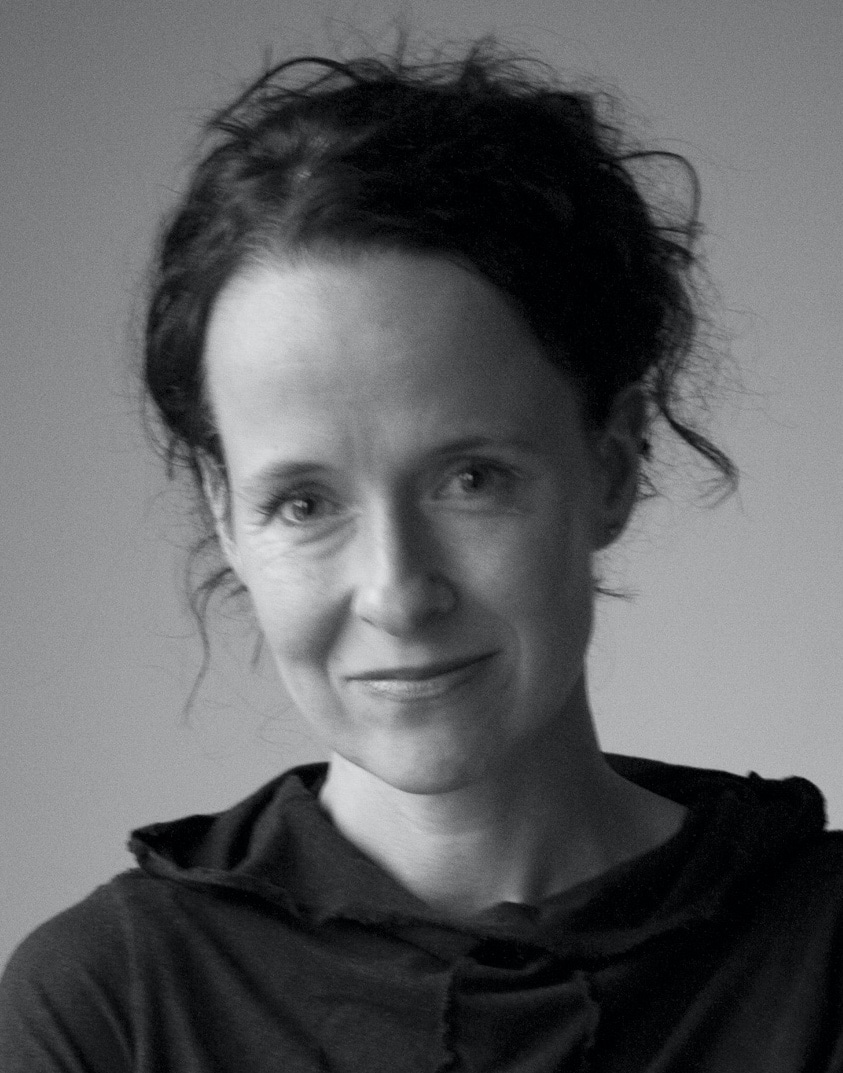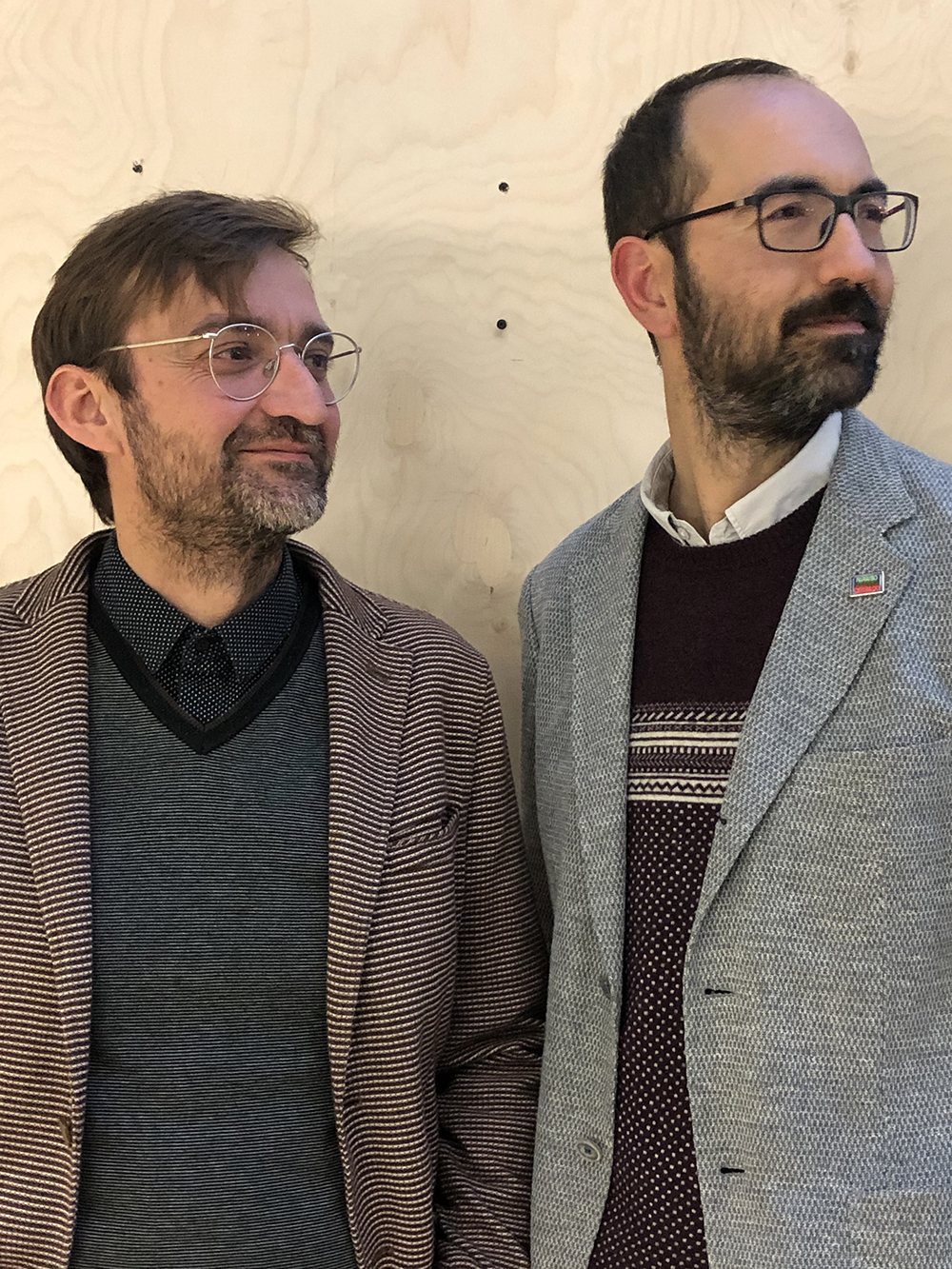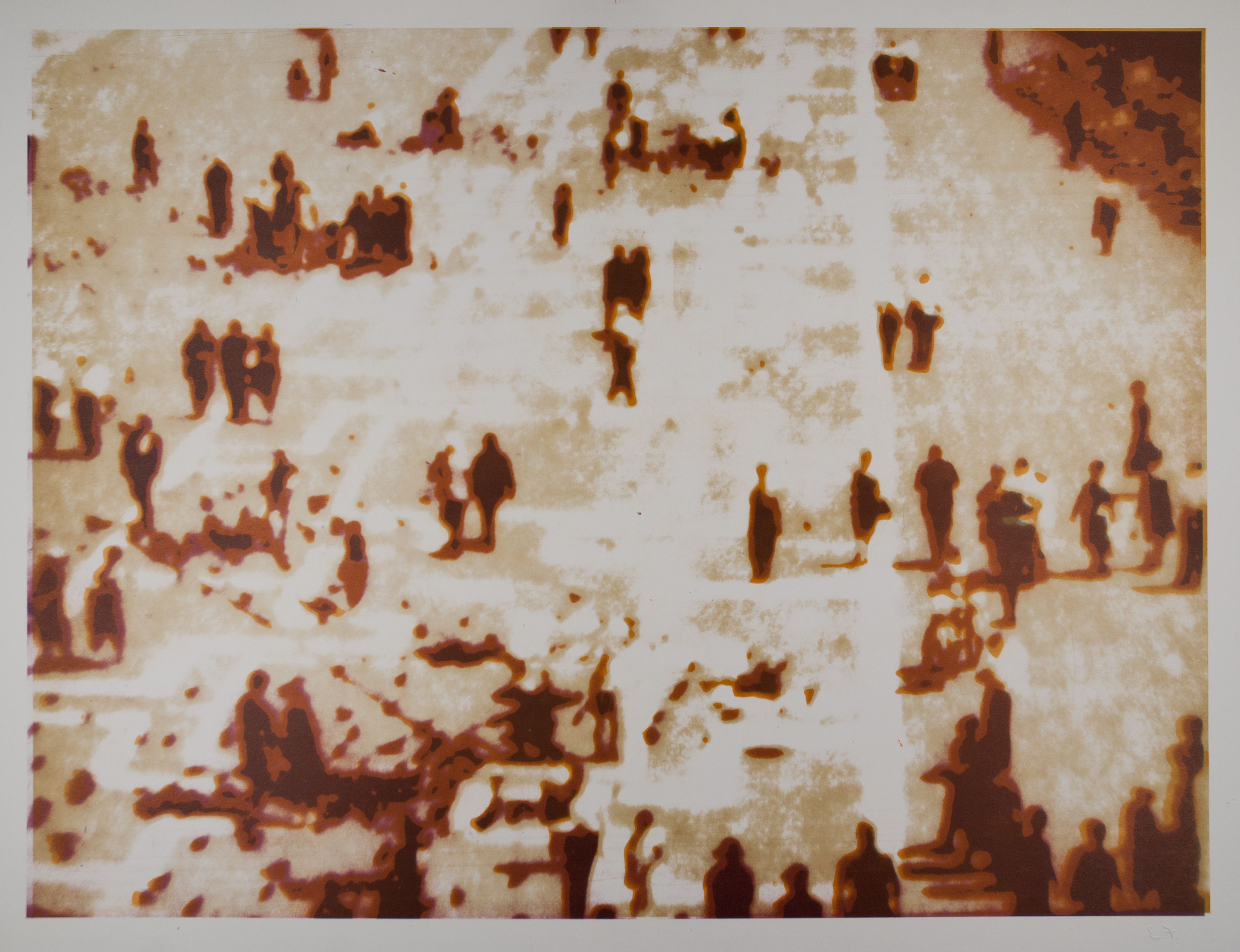Winners Announced for the 2020 Course Development Prize
2020 COURSE DEVELOPMENT PRIZE IN ARCHITECTURE, CLIMATE CHANGE, AND SOCIETY
Architectural Faculty to Lead New Courses on Climate and Society
For Immediate Release:
New York City, February 20, 2020 – Columbia University’s Temple Hoyne Buell Center for the Study of American Architecture and the Association of Collegiate Schools of Architecture (ACSA) announce the winners of the 2020 Course Development Prize in Architecture, Climate Change, and Society. These innovative courses will be taught at a wide variety of architecture schools in the coming years.
The urgency of climate change seems to demand a singular focus that is antithetical to a humanities-based critical inquiry or longer-term creative and technical endeavors. These courses seek the kind of realism that redefines problems and leaves room for the imagination. They include methods and themes that innovate within their institutional settings—asking hard questions of students equal to the hard questions being asked of society as we grapple with the causes and effects of climate change.
Five courses were selected by the jury and each course winner will receive a $10,000 prize and support to lead their course at their host institution within the next two years. The five winning course proposals will be presented at the ACSA 108th Annual Meeting in San Diego, CA March 12-14, 2020.
The winners are:
Adaptation to Sea Level Rise
Mason Andrews, Hampton University
A two-semester, cross-disciplinary course focusing on adapting to the impacts of sea-level rise in existing urban neighborhoods in sadly soggy southeastern Virginia has been in place since 2014. In the first semester, students of architecture, engineering, and, intermittently, of pure and social sciences, hear lectures from subject matter experts on soils and hydrology, preservation, urban design, public policy, social justice and more. Simultaneously, community engagement with stakeholders begins, as does a series of design initiatives in which the architecture students and faculty model the processes of Studio Based Learning. The latter is the subject of a current NSF program study by ethnographers. While student work has been the basis for a $115,000,000 HUD NDRC implementation grant, it is also true that, as in efforts outside academia, disciplinary silos keep professions ill-equipped to work successfully together. In a subject as vast as the planning of adaptation strategies, however, the only path forward is bringing the expertise of a wide array of knowledge types together; there is inadequate time for sequential disciplinary speculation. Next year, area professionals will join the design studio as well. It is hoped a new community of practice will emerge modeling effective transdisciplinarity.
Public Issues, Climate Justice, and Architecture
Bradford Grant, Howard University
Science, empirical evidence, and some technical solutions about global climate change are well documented and generally known to our upper-division architecture students who have taken the required Sustainability course. While our students may understand that the world’s climate is warming as an existential and profound threat for the future of our environment, we see that our thinking and action on climate change are influenced not only by science but by an array of social and political dynamics. How architects can help the client, profession, and the public’s understanding of the climate crisis, influence changes in policies for environmental equity and propose a climate change response is the direction of this course. Students’ understanding of their role as future professionals in the public process for climate change design policies, environmental justice, and a call for action, is the goal of the course.
Unthinking Oil: Public Architecture and the Post-Carbon Imaginary
Gabriel Fuentes, Daniela Shebitz, and Julia Nevarez, Kean University
Unthinking Oil: Public Architecture and the Post-Carbon Imaginary is a cross-disciplinary course to be taught in collaboration among the Kean University’s School of Public Architecture, School of Environmental and Sustainability Studies, School of Social Sciences, and the Human Rights Institute (HRI). Its aim is to intersect architecture with the emerging field of energy humanities in order to speculate openly and collectively on the broad political and aesthetic dimensions of climate change. Its guiding premise is that climate change is symptomatic of a deeper crisis of thought that requires transdisciplinary modes of critical analysis to unmask. Our fossil-fueled, petrocultural reality is not a mere techno-economic problem to be solved by mere techno-economic solutions; rather it is a deep cultural problem that entwines our social practices and energy uses with politically motivated representations and narratives about nature, modernity, and the environment. Petroculture operates in plain sight—post-industrial society is an oil society through and through. Climate change, then, is a symptom of a global carbon regime that permeates all aspects of our physical, material, intellectual, and affective lives. Change can only come by unthinking this regime and its infrastructures, by constructing new imaginaries of a post-carbon world. Paradoxically, unthinking requires deep thought.
Design Based on Estimating Ripple Effects of Carbon Footprint
Jeanne Homer, Khaled Mansy, John Phillips, and Tom Spector, Oklahoma State University
We are a group of faculty seeking the integration of the climate action goal of decarbonization into the design studio. We co-teach our school’s comprehensive design studio (required fourth-year studio), in which performance is emphasized as a principal driving force for design development. Students are challenged with the task of making their buildings as resource-efficient as possible. Students are required to seek evidence-based feedback to improve the performance of their design, i.e., structural, energy, and financial performance. Our endeavor is to redefine the educational goals of the studio to integrate carbon footprint as the primary measure of performance, which should open the door for students’ creativity in finding innovative ways to minimize carbon emissions due to both operational and embodied energy. The current content and scope of studio enable students to develop the understanding and ability to generate all of the evidence-based data required to evaluate building performance, but this data stops short of estimating the building’s carbon footprint. The next step is to explore ways to develop the studio further, pushing the envelope towards making it possible to estimate the ripple effects of carbon footprint and the (direct and indirect) impacts of buildings on climate change.
“Exist, Flourish, Evolve” — Territorial Care and the Upper Misi-ziibi
Gabriel Cuéllar, University of Minnesota
This studio is concerned with imagining how architecture, as a discipline, practice, and material reality, can help uphold the Rights of Nature. Exploring this emerging paradigm—codified in the phrase, “to exist, flourish, and evolve”—the studio will define concrete expressions of the ethics of care embodied in the recognition of rights for other-than-human entities. Our subject will be the Mississippi Headwaters watershed, whose ecological communities and dynamics will figure as protagonists in our studio. We will study how the “Great River” propelled Minnesota’s productivity and explore what role it, as a potential rights-bearing entity, might play in reshaping ecological and spatial relations. We will seek to account for biogeochemical interactions irreducible to human agency while identifying approaches to guide architectural intelligence within present environmental predicaments. We will rely on our discipline’s sensibility for mobilizing documents and precedents, identifying spatial relations, forming systems of coherence, and analyzing material characteristics and form. In parallel, we will chart out architectural efforts and effects embedded in situational contingencies that transpire over time, interact with other forces, and thrive as strictly infrastructural. Acknowledging that the Rights of Nature are, presently, written aspirations, our goal will be to articulate the architectural dimensions that could support them.
In addition, three-course proposals are receiving an Honorable Mention:
Changing Minds for a Changing Climate
Sara Stevens, Adam Rysanek, and Kees Lokman, University of British Columbia
Architecture and Environmental Orientalism in the Arab World
Faysal Tabbarah, American University of Sharjah
A Global Warming History of Architecture Since 1800
Hans Ibelings, University of Toronto
The winners were selected by members of the Buell Center’s Advisory Board.
View the full course proposals online – HERE.
About Temple Hoyne Buell Center for the Study of American Architecture
Columbia University’s Temple Hoyne Buell Center for the Study of American Architecture was founded in 1982. Its mission is to advance the interdisciplinary study of American architecture, urbanism, and landscape. A separately endowed entity within the Graduate School of Architecture, Planning, and Preservation, it sponsors research projects, workshops, public programs, publications, and awards.
The Center’s current project, “Power: Infrastructure in America,” which frames its support for the Course Development Prize, challenges participants to think about how infrastructure relates to life across a series of intersecting concerns, including democratic governance and climate justice. For more information, visit www.power.buellcenter.columbia.edu.
About ACSA
The mission of the Association of Collegiate Schools of Architecture is to lead architectural education and research. Founded in 1912 by 10 charter members, ACSA is an international association of architecture schools preparing future architects, designers, and change agents. Our full members include all of the accredited professional degree programs in the United States and Canada, as well as international schools and 2- and 4-year programs. Together ACSA schools represent some 7,000 faculty educating more than 40,000 students.
ACSA seeks to empower faculty and schools to educate increasingly diverse students, expand disciplinary impacts, and create knowledge for the advancement of architecture. For more information, visit www.acsa-arch.org.
Media Contact:
Amanda Gann
agann@acsa-arch.org

 Study Architecture
Study Architecture  ProPEL
ProPEL 










